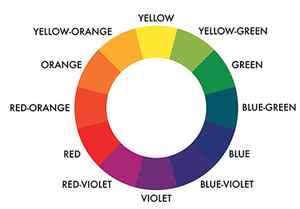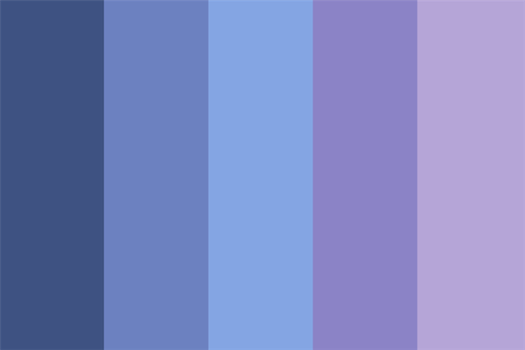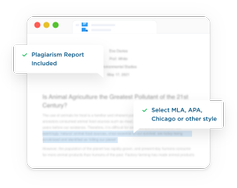Make sure the colors you blend together are from the same cool or warm color family!
MIXING COLORS
Mixing colors can be fun if you know some basics. Here are some tips on how to mix colors to get new shades.
YELLOW: Yellow is the primary color, so it can not be mixed with other colors.
Light yellow: Add white to yellow.
Dark yellow (olive green): Add a little black to the yellow, also purple or blue.
Leaves yellow (light olive): Add white and black to yellow, or purple or black (or blue instead of black).
ORANGE: Orange is obtained by mixing yellow and red.
Light orange (peach): Add white to orange.
Dark orange (brown): Add a small black or blue color to the orange, but you can also mix red and green.
Leaf orange (light brown): To orange, add white and black (or blue instead of black).
RED: Red color can not be mixed with other colors, because it is the primary color.
Light red (pink or coral): Add white color to red.
Dark red: Add a little black to the red, but it can also be turquoise blue.
Leaf red: Add white and black to red or turquoise color.
MAGENTA: Magenta can not be mixed with other colors.
Light Magenta: Add white to the magenta.
Dark Magenta: Add a little black, but also green, to the magenta.
Leaf magenta: Add white or black to the magenta or green color.
Bright lemon green
Dark lemon green
Leaf lemon green
LEMON GREEN: Add a little green or turquoise to the yellow color.
Bright lemon green: Add white color to lemons.
Dark Lemon Green: Add black or purple to Lemon Green.
Leafy Lemon Green: Add lemon green to both white and black or purple color.
GREEN: Mix turquoise and yellow.
Bright green: Add white to the green.
Dark green: Add black or magenta to green.
Gray green: Add white and black color to green or magenta.
Light teal green
Dark teal green
Gray teal green
TEAL GREEN: Mix turquoise with a little yellow or green.
Light teal green: Add white color to teal green.
Dark teal green: Green teal add a little black or magenta or red.
Gray teal green: Add teal green to both white and black or magenta or red.
TORQUOISE: Turquoise can’t be mixed up with other colors.
Light turquoise: Add turquoise to white color.
Dark turquoise: We add a little black or red to the turquoise
Gray turquoise: On turquoise is added as white and black or red color.
BLUE: Add a little purple or magenta to turquoise color.
Light blue: Add white to blue color.
Dark blue: Add a little black or orange to blue.
Gray blue: Add white and black to blue or orange color.
Light violet blue
Dark violet blue
Gray vioet blue
VIOLET BLUE: Magenta is mixed with turquoise or blue.
Bright violet blue (lavender): White violet is added to purple blue.
Dark violet blue: A black or yellow color is added to purple blue.
Gray violet blue: To purple blue, add white and black or yellow color.
PURPLE: Magenta is mixed with a little turquoise or blue or purple.
Light purple: Add purple to white.
Dark purple: Add purple to a little black or lemon green.
Leaf purple: Add purple as white as black or lemon green.
Please share this
FIND OUT MORE…
- Colors of soul
- Aura colors meaning
- Color meaning in room
- Color meanings in Feng shui
- The meaning of colors in dreams
- Color meaning clothes
- Color meaning at work
- Physiological color meaning
- Psychological color meaning
- Symbolism of colors
- Chromotherapy
- Color meaning in cultures and religions
- Safety colors
- Functionally colors in school
- Functionally colors in hospital
- Functionally colors at work
- Interesting color facts
- Mixing colors
- Color science

I am Bojan Lisjak, father of 5 children, and I am professionally engaged in paintings of the rooms, especially mural paintings of children’s rooms. Also, by bleaching and painting the walls.
In my work, I use different colors and their shades daily. In this field, I have a lot of experience and knowledge, which I have gained with my work, as well as by reading various books, articles… MORE
RYB vs RGB colors
First let’s clarify. This article is about the RYB color wheel used by artists and designers working with paint colors, pigments, or dyes.
Those could be acrylic paints, oil paints, house paint colors, hair or fabric dyes, etc.
But it’s not about the RGB color model that’s based on light.
The RYB color model is subtractive, which means colors get darker as you add more colors or blend them together. This is also true of CMYK ink colors used by printers.

The RGB system, which we won’t delve into here, is an additive system, which means colors get lighter as you add more color – since they are made of light! Makes sense, right?
You can see in the simple illustration below that the absence of RGB color is black, and the sum of it is white – or white light.
Now on to our primary story!

What are primary colors?
Top of the list are the primary colors: the three colors that cannot be mixed from other colors.
In our traditional color wheel (RYB), that’s red, yellow, and blue These three colors are then used to mix virtually every other color.
The exception to this is white. While black is made by mixing all three primary colors together, white is the absence of color. In the RYB system, white is a bit more challenging.
We’ll discuss black and white more later when we talk about shades, tints, and tones.

What are secondary colors?
Secondary colors are colors that you obtain by mixing two of the primary colors together.
There are three main ones: orange, violet (or purple), and green.
You mix red and blue to get violet, red and yellow to get orange, and blue and yellow to get green.
Of course, there are yet more colors.

Can you mix levels of hair color?
Yes you can! What happens is that quite often, you’ll want your hair to be a shade in between two different levels of color, or you’ll want to blend in grays with a specific shade.
So mixing from the levels above and below make sense.
Don’t try to go up or down any more than 1 or 2 levels than this as it’s unlikely you’ll get a good result. Color can’t lighten color!
Here’s a useful hair level chart that will help.

How do you dye your hair multiple colors at the same time?
Dyeing your hair by fusing multiple colors is a talent that’s really best left to the professionals!
You might do this if you want a shade that’s a blend of two levels, but you also want to counteract some undertones by making it warmer or cooler.
Adding hints of red or gold are common ways to tone and tune up hair colors.
But it’s a complex process to get right if you don’t work in a salon!
Two tone hair color is also a job best left to a colorist. Check out our two tone hair color ideas for inspiration!
Parting words.
So now you know how to use a hair color chart to mix hair colors.
Use it wisely! It can take a few tries to get the hang of mixing the right colors.
But once you’ve found your inner alchemist, there’s stopping you!
Every hue, shade and tone of hair color ever will be at your fingertips (and hair roots!) with our top tips.
What are you waiting for??




